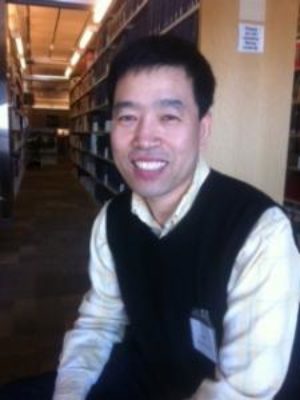Innovation Anthology #539:

How do you restore a forest ecosystem in sandy conditions? That’s the question researchers like Dr. Bing Si want to answer as they begin the Aurora Capping Study.
Aurora is Syncrude’s northern oil sands mine.
Dr. Bing Si is a professor of soil science at the University of Saskatchewan. As he discussed at the recent CONRAD conference, scientists will track hydrological conditions throughout what they call “an instrumented watershed”.
DR BING SI: So the instruments they include everything from monitoring the weather conditions, solar radiation, wind speed, all the way to the soil temperature, soil water content, soil nutrient conditions, which those are essentially for vegetation. To something in the ground water? What are the fluxes to the ground water? And also gas emissions from the watershed to the air, and why are those gases produced in subsoils?
According to Dr. Bing Si, several kilometers of fibre optic cables buried at various depths will allow scientists to measure soil temperature and water content at one metre intervals across the Aurora Capping site.
Thanks today to Syncrude.
Learn more at InnovationAnthology.com
I’M CHERYL CROUCHER
Guest
,
, , , ,
Sponsor
Syncrude
![]()
Program Date: 2013-03-05